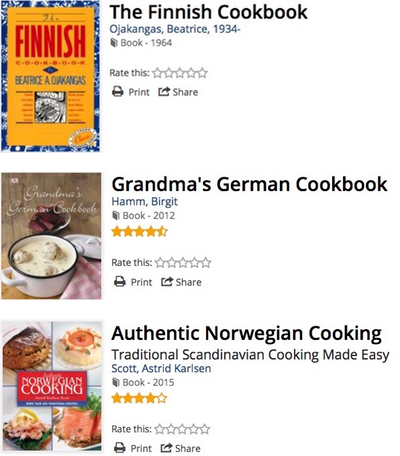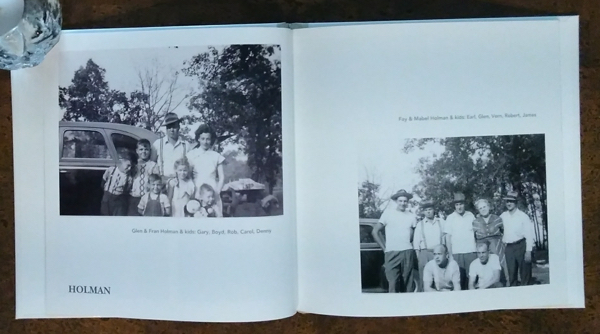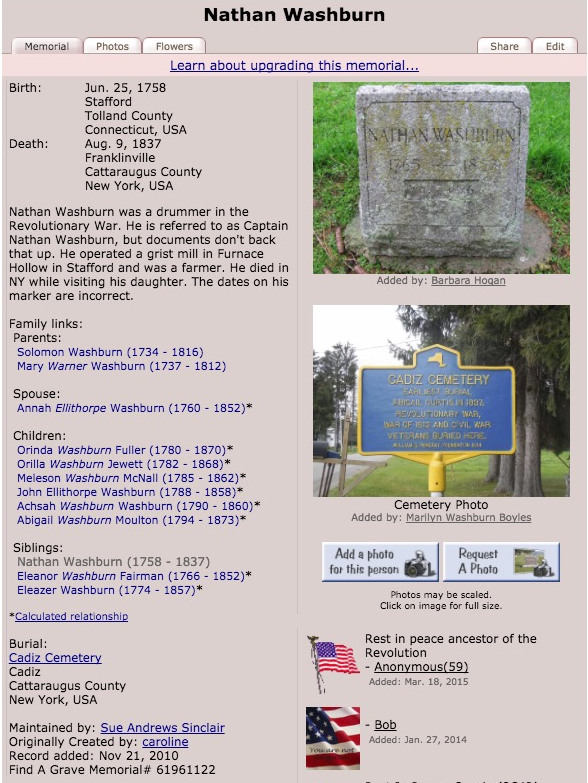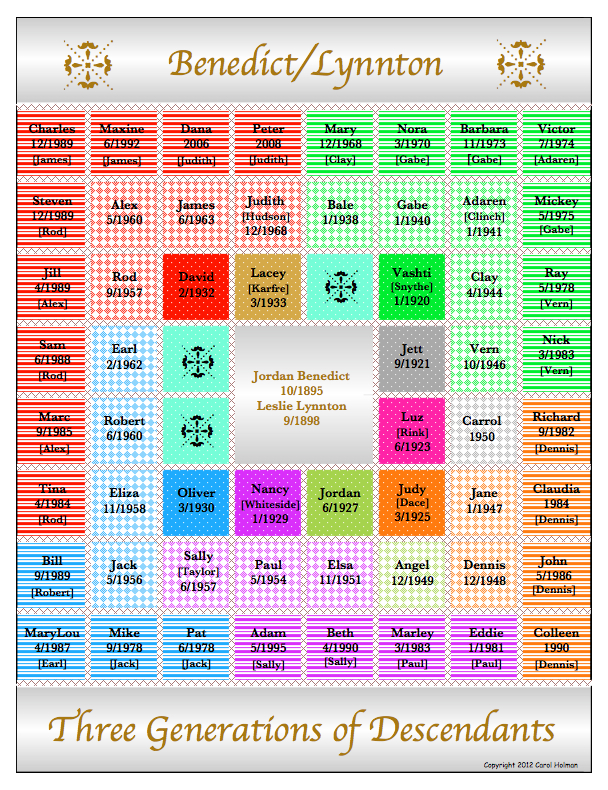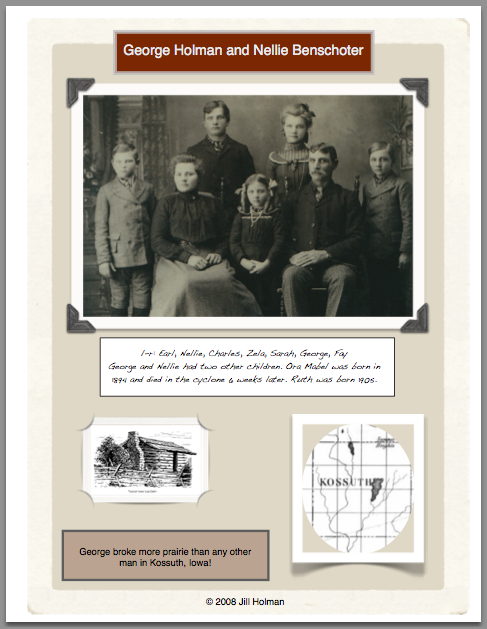Where to begin with your family history?
There is a lot of advice out there and it can be overwhelming!
First, why do you want to do this? It matters. It can help you prioritize what you want to do and get through frustration when the going gets tough. For me, I heard that we had a Native American ancestor and I wanted to know more about that. It doesn’t seem it was exactly true, but I have continued researching because I like solving puzzles and feeling connected to my ancestors.
Know that there is not one right way to do this. You can choose your own adventure! Here are your first three decisions:
1 – Are you interested in a DNA test or traditional research first? (Hint: Doing both together gives you the best results!)
If you choose a DNA test as a first step, know that there are 3 different tests and 3-5 different major companies depending on who you ask. If your family has been in the US awhile, AncestryDNA is a good place to start. If your family is global, MyHeritage or FamilyTreeDNA might be a better choice.
You can also start at AncestryDNA and transfer your data to other companies and this is a good strategy to find the most cousins. How to Transfer Your DNA to Other Companies.
If you choose traditional research as a first step, fill out this form starting with yourself.
And talk to your old people as soon as possible! We all wish we had asked more questions of our parents and grandparents before they passed on. In addition, you might discover cool things like scrapbooks, photographs, family bibles, diaries and letters.
2 – Want to save money or make fast/easy progress?
If you want to save money, FamilySearch offers a lot for free. And there are DNA Test Sales several times a year.
If you want to make fast/easy progress, sign up for a subscription at ancestry.com. (They do have sales sometimes too.)
Learn more here – Genealogy Websites Comparison: Ancestry.com, FamilySearch, Findmypast and MyHeritage.
3 – Are you OK working online only or do you want software on your computer to store your research? (Highly recommended)
If you are OK working online only, do you want to focus on collaborating with others or focus on your own tree? For example, FamilySearch has a collaborative shared tree and with Ancestry, you have your own tree.
Know that there is a lot of bad info out there on the various trees. You want sources to verify your family history. That’s why I like WikiTree and I am slowly moving my research over there. They encourage people to verify facts by providing sources, including DNA tests. As Roberta Estes says:
People often ask, “How can I preserve my research for future generations?” and WikiTree is certainly an excellent answer.
If you want software to store your research on your computer, you have several choices. However, if you want to sync with ancestry.com, you have 2 choices: Family Tree Maker and RootsMagic. Plus RootsMagic syncs with FamilySearch as well!
The number one thing I wish someone had told me earlier is to take a lot of pictures and notes. You cannot remember everything. We have all messed up here and have something we got early in our research and we cannot figure out where it came from.
Start now and keep going a little at a time. Baby steps really add up. And you will learn more as you go!

